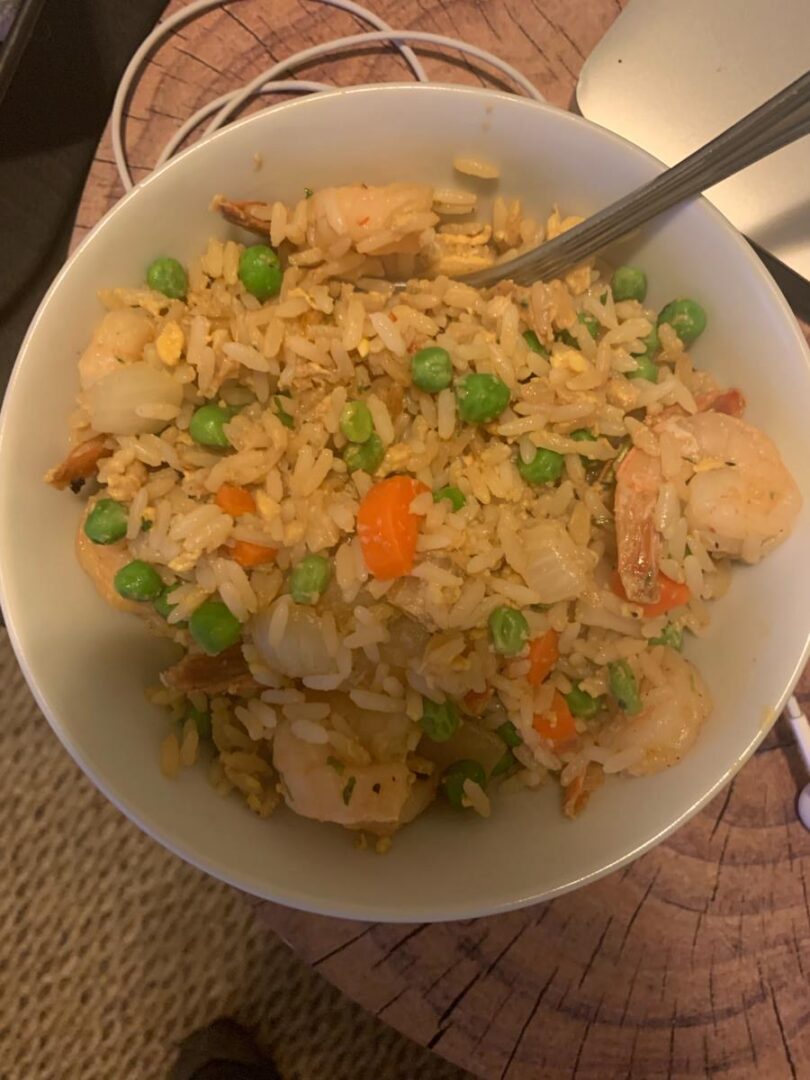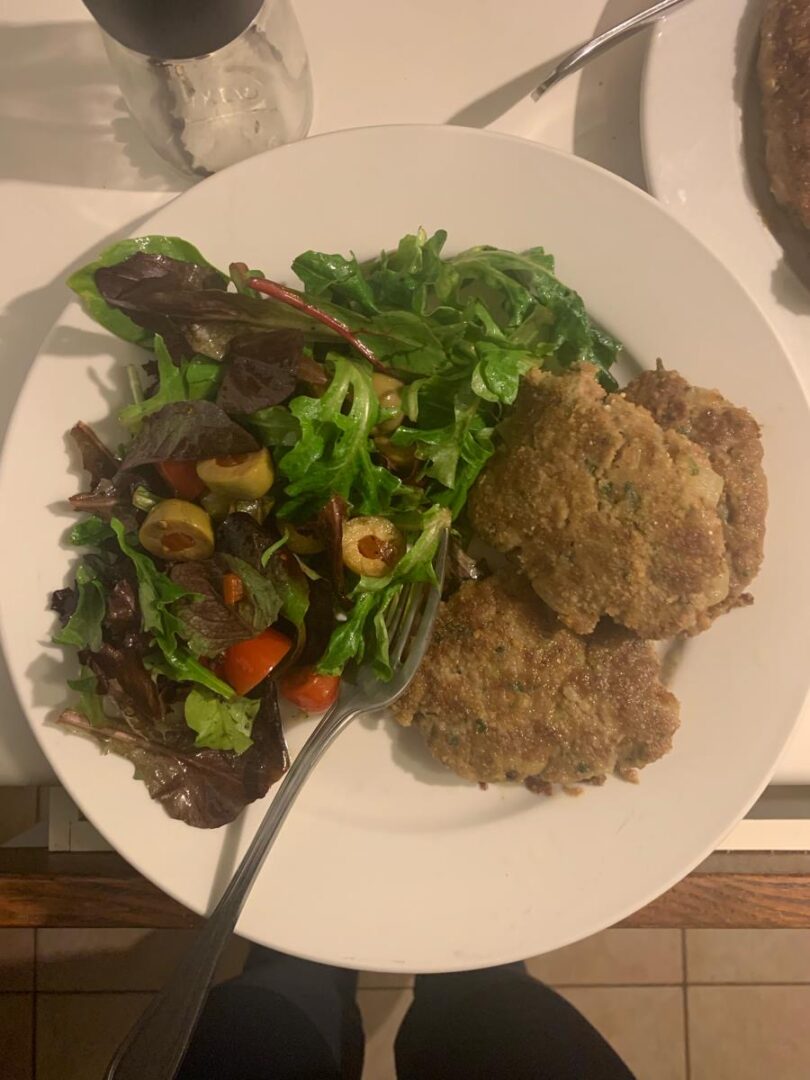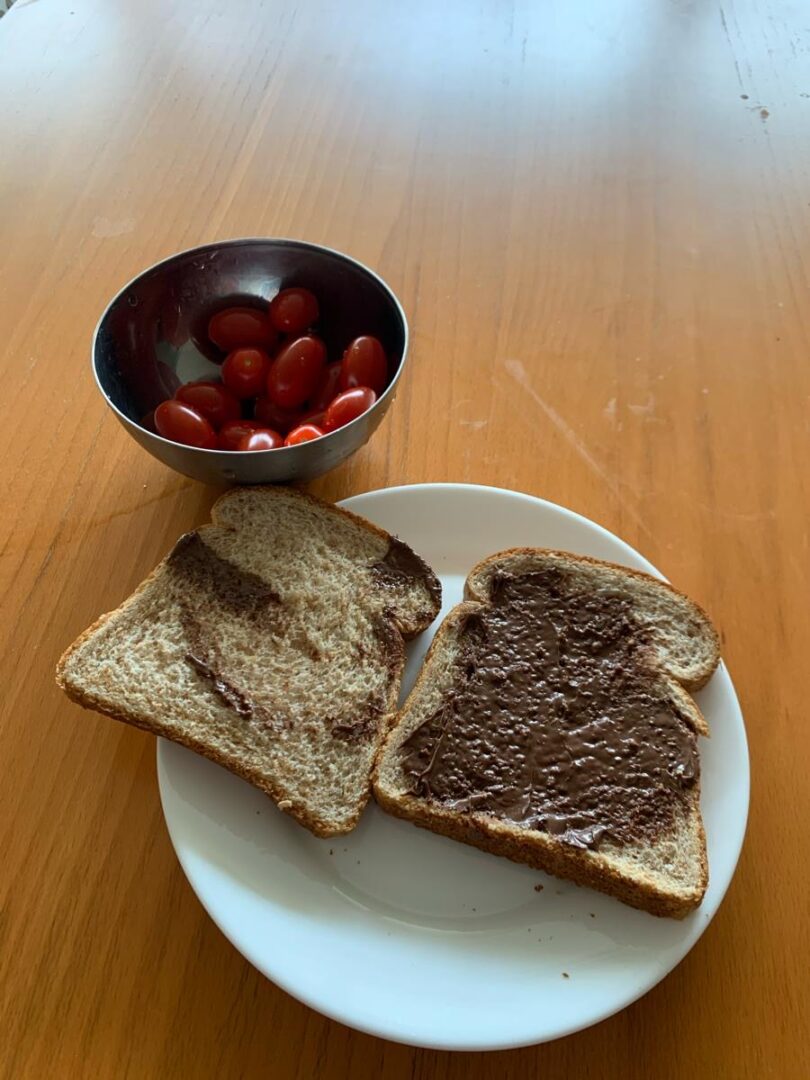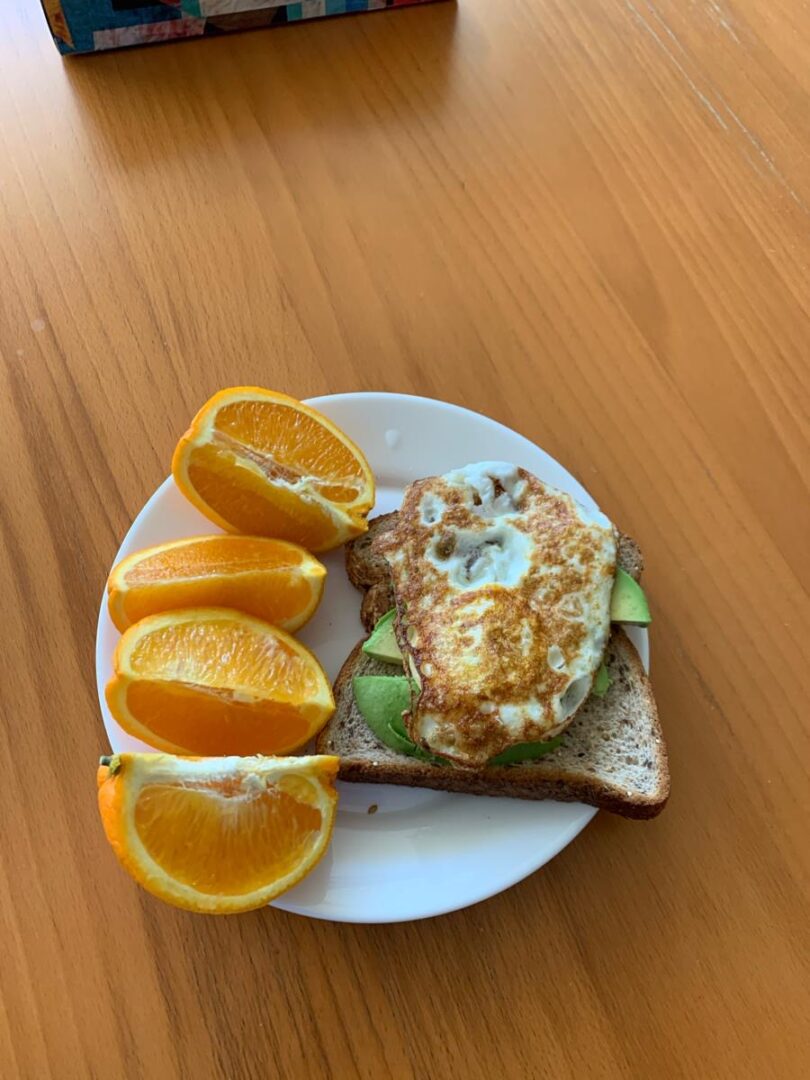Nutrition Plan – Additional Revenue to Your Personal Training Business
How to Coach Clients on a Nutrition Plan – Without Counting Macros
While tracking macros and calories can be beneficial for some individuals based on their goals and experience, it’s important to recognize that for the average, beginner client looking to lead a healthier lifestyle, gradual changes can be more effective.
Introducing a Nutrition Plan to Your Clients
Instead of overwhelming them with meal plans and intricate tracking, supporting them in achieving small, consistent victories can lead to significant long-term improvements, without feeling burdened by complex nutritional strategies.
Remember, success in nutrition doesn’t always require detailed meal plans and macro counting; often, starting small and being persistent can lead to substantial results.
This approach can also help gauge a client’s readiness to commit to healthier eating. Gradually introducing them to a comprehensive nutrition program or meal plan can reduce the likelihood of client turnover. Starting small allows clients to build a solid foundation for success rather than signing up for meal plans and quickly disengaging.
Quick and Simple Tips
Here are some quick and simple ways you can ease your clients into making healthier choices to build that strong foundation:
- Focusing on quality ingredients
- Managing portion sizes
- Incorporating more color on their plate
- Balancing different food groups
- Exploring food combinations (to prevent a blood sugar spike for example)
- Reducing the consumption of processed foods
- Encouraging proper hydration
Here are some examples of how I incorporated the changes above and significantly influenced my clients’ daily routines.
Managing Portion Sizes
In this instance, my client was headed in the right direction, but their portions were off. She had three different food groups and told me how proud she was of eating her vegetables! When she sent in a photo of her meal, however, I was proud of her efforts too, but a few things had to change. The bowl primarily consisted of rice without enough protein in the meal and barely any vegetables.

→ My advice: Cut the rice in half and add more veggies and lean protein.
A simple que like adding more or less of something while also acknowledging that they are on the right track is a great way to push your clients in the right direction without overwhelming them.
After a few weeks, here was a sample lunch my client sent in a picture of. Homemade beef and zucchini burgers with a side salad. What a difference! Lots of color, great protein source, evening hiding an extra vegetable in the beef patties!

Higher Quality Ingredients & Incorporating Food Groups
Giving up certain foods can be challenging, and we frequently encounter discussions about categorizing foods as “good” or “bad.” Many foods, if prepared with subpar ingredients, might potentially be detrimental to one’s health or offer little to no nutritional value.
In this example, my client was eating two pieces of toast with a chocolate hazelnut spread on top. Although the spread is made with hazelnuts, it mainly consists of sugar. In this situation, the meal wasn’t completely overhauled but instead improved through the use of higher quality ingredients and a broader range of options.

→ My advice: Encouraging my client to opt for a better-quality whole grain instead of highly refined bread. Try to add one more food group (like protein) in the mix.
The next day my client sent in a photo of whole grain bread as well as some avocado. Not only is the quality better but we have more food groups and color on our plate! A healthy fat and a fruit for some micronutrients? That’s a win in my books!

Add Additional Services and Revenue to Your Training Business
So, if you’re starting out as a nutrition coach or want to add additional services and revenue to your training business and would like to get a feel for whether or not nutrition coaching is for you, start small yourself and give nutrition guidance a chance. Meet your clients where they’re at, assess their needs and provide personalized recommendations. They’ll be more likely to stick to their small daily habits and recommendations and see success in the long run.
As a graduate of Infofit’s Certified Sports Performance and Fitness Nutrition Specialist program, you can safely write meals plans, diet plans and supplement plans for your clients.
By starting small, you can capture their interest and from there, your client may ask for a meal plan, or more in-depth coaching. You can even provide recipe books, sample grocery lists or run a nutrition support group; the possibilities are endless!
Written by Tiffani Bassi

Tiffani is the founder and head personal trainer at Train with Tiff. Five years into her career, looking to make an even bigger impact, she was drawn to working in the fitness technology industry and joined the team at Trainerize where for the next five years she would empower thousands of trainers to build successful businesses and better support their clients, resulting in more people finding success in their health and fitness journeys. Tiffani hopes to continue inspiring new trainers to pursue their passions and build rewarding careers through her mentorship. Moreover, she remains dedicated to working with all levels of clients, from beginners to professional athletes. Tiffani holds certifications from BCRPA (through INFOFIT!) as well as FMS Level 1 & 2.

